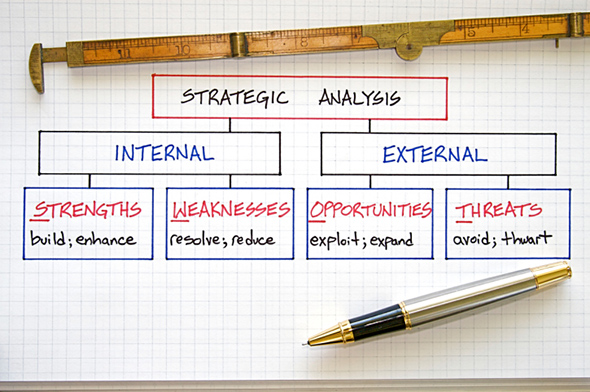Six Tips for Strengthening Your Value Proposition
Anyone who’s spent time in sales knows that the buying process often boils down to one or two key questions: Why should I buy what you’re selling? And why should I buy it from you? A well-conceived value proposition will go a long way toward answering those questions.
But what is a value proposition? Simply stated, a value proposition is a brief statement that clearly outlines the benefits customers get from using your products and doing business with your company. It cuts through all the noise and focuses squarely on the customer and their needs.
So how can you create an effective value proposition? Here are six tips to get you started.
Get to know your customers. What makes them tick? What principles do they value? What challenges do they face? And how can your product or service help them reach their goals?
Study the competition. Start with their website, product line, and marketing literature. Visit their facility, meet their staff, and talk to their customers. Learn how they’re positioning themselves and what you can do to counteract their claims.
Discover what makes you different. Take some time to assess your own company. Look at your culture, values, and product line. Ask your top customers why they buy from you. Get input from your employees, too. Find out what’s unique about your company — and how those qualities can benefit your customers.
Focus on benefits instead of features. Benefits tend to be more customer-focused, while features can seem self-absorbed. If your value proposition doesn’t tell your customers what’s in it for them, keep trying.
Be specific. Avoid the temptation to talk in generalities. Consider Geico’s “15 minutes could save you 15% or more on car insurance” versus a more generic “we’ll save you time and money.” Both may be true, but the first is far more specific.
Make it tangible. What real-world results can people expect from your products or services? Will they save time? Cut expenses? Improve efficiency? Increase revenues? Include the answers in your value proposition.
There you have it: six tips for strengthening your value proposition. Can you think of any others? Or maybe you’d like to share a favorite value proposition (your own, perhaps?). Whatever the case, we’d love to hear your thoughts and ideas in the comments below.









